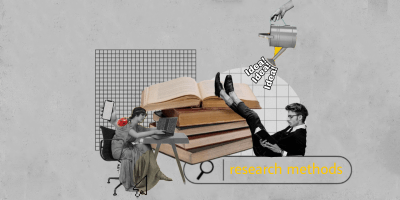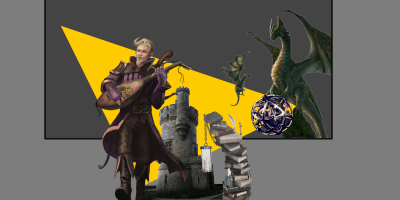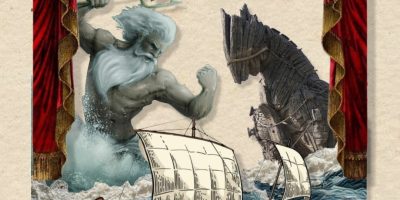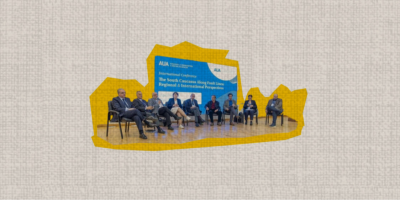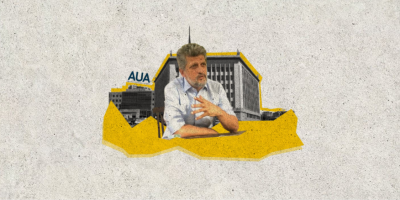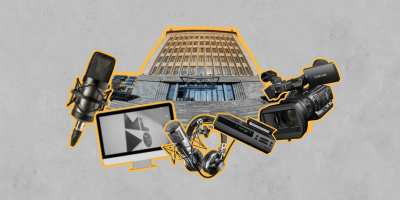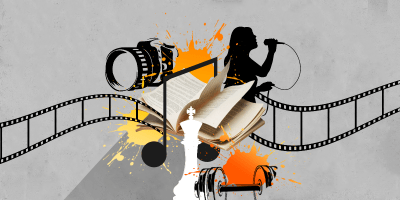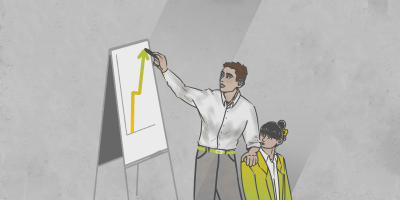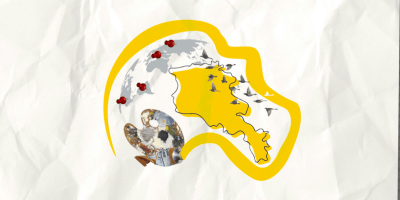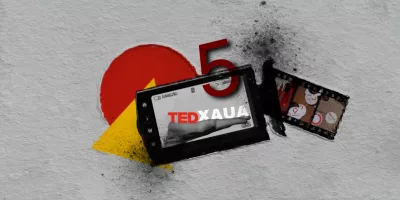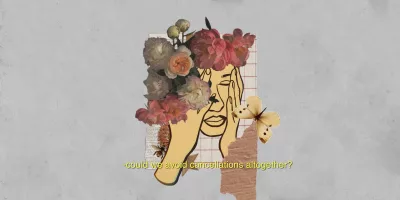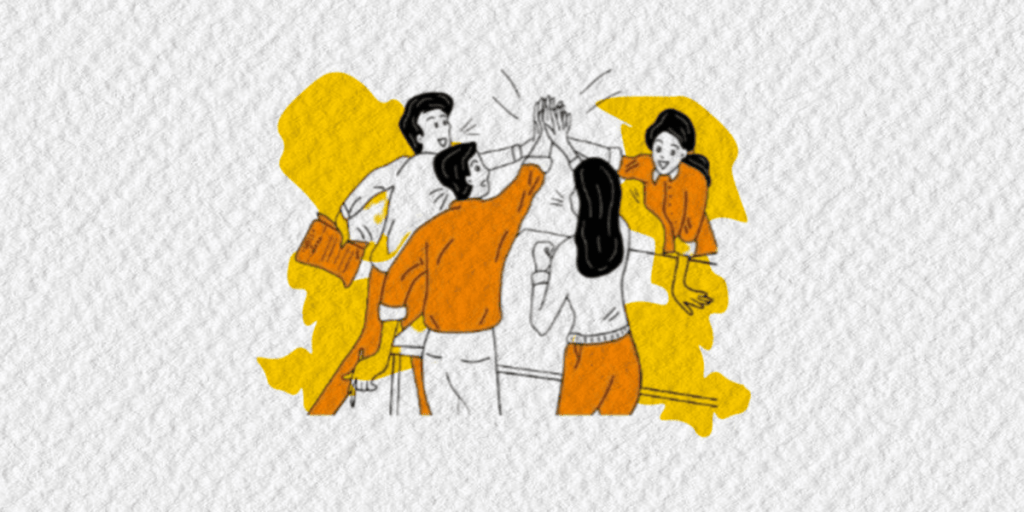
AUA students in their last year encounter their most challenging task—capstones. Capstones, senior students’ final projects or papers, motivates them to create and develop new ideas.
Across different majors, students spend months researching and solving problems. Students will not solve every issue, but what they discover will bring some closure to their undergraduate degrees.
David Manvelyan, a BAB alumnus, worked on a business simulation project. The simulation involves different clothing companies competing locally and globally across four countries—Armenia, Turkey, Russia and China—with David and his two groupmates playing as one company in China.
David remembered one negotiation that tested him. Two groups talked to him one day in the cafeteria, asking if his group wanted to buy raw materials from them. When his group had their decision day, they considered these offers, and his group’s designated negotiator pushed one of the groups to settle for a lower price. But that group rejected their proposal, and David’s team contacted the other group. He and his team were in the library, and he took the elevator to the sixth floor of AUA to reach the other group. David returned to his group with an agreement and told the other group on Zoom: “It was nice doing business with you.” Saying that phrase made the simulation feel real to him.
Looking toward the future, David appreciated the simulation’s focus on negotiation skills and the difficulty of reaching mutually beneficial agreements. “People really want to graduate, so they care about competing and pushing each other to get first place,” David said.
Artistic capstones emphasize storytelling and expression. Vana Hampartsoumian, an EC alumna, wanted to capture a new side of Armenian Genocide survivor stories in a graphic novel. Her great-grandfather lived through a traumatic experience that impacted him and his children for many years, and she wanted to acknowledge that history.
Vana interviewed her mother and learned why her great-grandfather acted as he did. She transcribed the interview using skills she developed in another class, Oral History. She divided it into two sections: one describing events during the genocide and another about her great-grandfather’s story.
The first section involved genocide testimonies that Vana wanted to illustrate and faithfully represent what happened. What she did not expect, however, was testimony from her great-grandfather’s family members. They had died during the genocide, and she hoped to incorporate that history into her graphic novel. “To find that and put my research and understanding of my family stories and anecdotes makes the connections between them so much clearer,” Vana said.
Putting together all this information challenged Vana. She created a storyboard and started to illustrate characters on paper. She also referenced online images of buildings to represent historical locations better. “I tried to do only one page a week, but then I fell behind and realized I had to do one page a day,” she said.
Despite technical difficulties and stressing over deadlines, drawing close to history remained her goal.
In computer science, Razmik Israyelyan, a CS alumnus, set out to generate 3D environments from 2D images. His interest in video game development helped him narrow his work to a single idea.
Razmik’s experience in Aram Serobyan’s game development course helped him focus on what intrigued and challenged him. Professor Serobyan, an Adjunct Lecturer at the College of Science & Engineering, told students that he supervised capstones about game development. Razmik remembered that information and realized the opportunity he had.
“I kept psyching myself out,” Razmik said. He thought that he had started very late compared to others. Getting past his initial stage of doubt helped him concentrate on his work. Realizing that he could experiment with coding and apply it to generate terrain for different purposes excited him.
He familiarized himself with Unity, a game engine, and C#, a programming language, to rapidly create 3D images. Razmik’s guiding technique, Ken Perlin’s Perlin noise, which Perlin made to produce terrain images using mathematical data more quickly, assisted him in thinking of new applications.
While Razmik believed it to be outside his scope, he considered making an educational game to test how Perlin noise created 3D environments. As he prepared for his final presentation, designing realistic terrain generation was one of his main goals.
“I worry about being asked a question and freezing on the spot,” Razmik said, referring to his public speaking skills and what he wants to avoid. His advice to future students is always to be prepared to explain their ideas and not overthink their capstone.
Lilit Sayian, an ES alumna, also hoped to develop new ideas through her capstone work. She and her group have worked to create transparent wood that is more environmentally friendly than using sand to make glass.
At first, Lilit and her group wanted to experiment with solar panels. When they suggested their idea to their capstone supervisor, Hrachya Kocharyan, an Assistant Professor at the College of Science & Engineering, he wanted them to research transparent wood instead.
They began experimenting with wood, utilizing different methods. First, they bleached the wood, removing its brown color to make it more transparent through delignification. Bleaching wood allowed them to polymerize it using chemicals like epoxy resin to make it even more transparent.
Experiments rarely go perfectly, and Lilit’s experimentation was no different. For most of the semester, rainy and cloudy days have prevented them from getting enough sunlight to test their materials effectively. They tested on AUA’s rooftop three times a day and checked every hour how much the wood’s color changed.
“We are not only writing a paper, but we are also experimenting and seeing results,” Lilit said. Her capstone involved much more research than anticipated, but balancing her work helped her reach the finish line.
These projects embody their learning and innovation, reflecting months of research and problem-solving across various disciplines. Narratives like these celebrate their accomplishments and highlight their hard work on their capstone projects.

